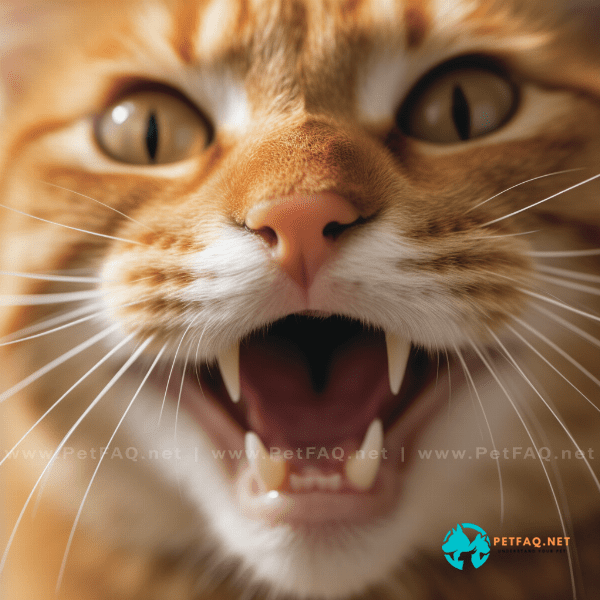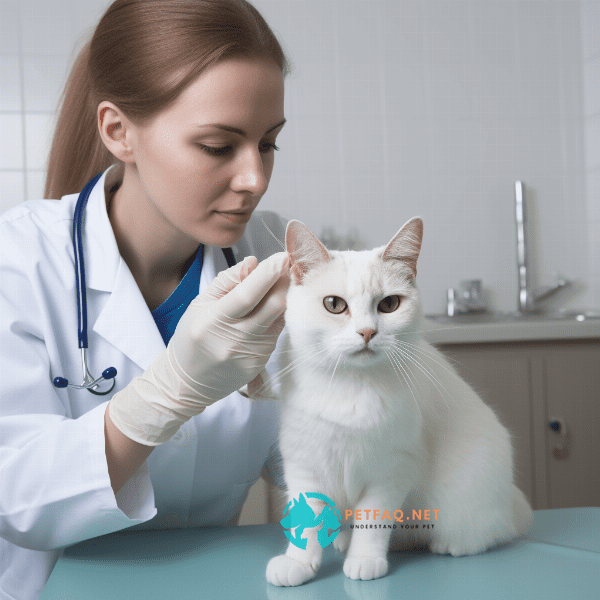Table of Contents
- Why Cat Teeth Cleaning Is Important for Your Feline Friend
- Understanding Your Cat’s Dental Anatomy
- Signs of Dental Problems in Cats
- Steps to Prepare for Your Cat’s Teeth Cleaning
- Cat Teeth Cleaning Tools and Products You’ll Need
- How to Brush Your Cat’s Teeth Properly
- Alternatives to Brushing for Cats Who Don’t Cooperate
- Tips for Maintaining Your Cat’s Oral Hygiene at Home
- When to Seek Professional Dental Care for Your Cat
- Conclusion: Keeping Your Cat’s Teeth and Gums Healthy
Why Cat Teeth Cleaning Is Important for Your Feline Friend
Regular Cat teeth cleaning is crucial for maintaining your feline friend’s overall health and well-being. Poor oral hygiene can lead to a variety of dental problems, including bad breath, gum disease, and tooth decay. In severe cases, these issues can even cause infections that spread to other parts of the body, leading to serious health complications.
Prevent Dental Problems
By keeping your cat’s teeth and gums clean, you can prevent the buildup of plaque and tartar that contribute to dental problems. Plaque is a sticky film of bacteria that forms on the teeth, and if left untreated, it can harden into tartar, which can only be removed by a professional cleaning. Regular brushing and dental checkups can help prevent these issues from developing in the first place.
Improve Overall Health
Good oral hygiene is not just essential for your cat’s dental health but also for their overall health. Poor oral hygiene can cause infections that spread to other parts of the body, leading to issues with the liver, kidneys, and heart. Regular cat teeth cleaning can help keep these infections at bay and improve your feline friend’s overall well-being.
Extend Your Cat’s Life
Dental problems can have a significant impact on your cat’s lifespan. If left untreated, they can cause pain, discomfort, and infection, ultimately leading to a lower quality of life and a shorter lifespan. Regular cat teeth cleaning can help prevent these issues from developing and help your feline friend live a longer, happier life.
In conclusion, regular cat teeth cleaning is essential for maintaining your feline friend’s health and well-being. By preventing dental problems, improving overall health, and extending your cat’s life, you can ensure that your furry companion stays happy and healthy for years to come.
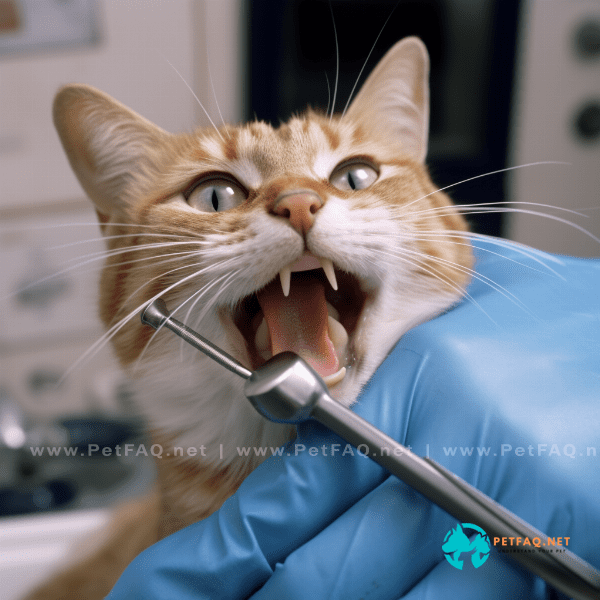
Understanding Your Cat’s Dental Anatomy
Before you begin cat teeth cleaning, it’s essential to understand your feline friend’s dental anatomy. Unlike humans, cats have sharp teeth designed to rip and tear meat. Understanding the different types of teeth in your cat’s mouth and their functions can help you keep their teeth and gums healthy.
Types of Teeth
Cats have four types of teeth in their mouths: incisors, canines, premolars, and molars. Incisors are the small teeth at the front of the mouth, which are used for nibbling and grooming. Canines are the long, pointed teeth used for biting and tearing. Premolars and molars are the larger, flatter teeth used for crushing and grinding food.
Dental Formula
Cats have a specific dental formula, which refers to the number and arrangement of teeth in their mouth. Adult cats have 30 teeth, with 16 in the upper jaw and 14 in the lower jaw. Their dental formula is as follows:
- Incisors: 6 upper, 6 lower
- Canines: 2 upper, 2 lower
- Premolars: 6 upper, 4 lower
- Molars: 2 upper, 2 lower
Dental Problems
Understanding your cat’s dental anatomy can help you identify dental problems early on. Some common dental problems in cats include gingivitis, periodontitis, tooth decay, and abscesses. These issues can cause pain, discomfort, and difficulty eating, and can even lead to more severe health problems if left untreated.
Regular cat teeth cleaning can help prevent these issues from developing in the first place. By understanding your cat’s dental anatomy and monitoring their teeth and gums for any signs of problems, you can help keep your feline friend healthy and happy for years to come.
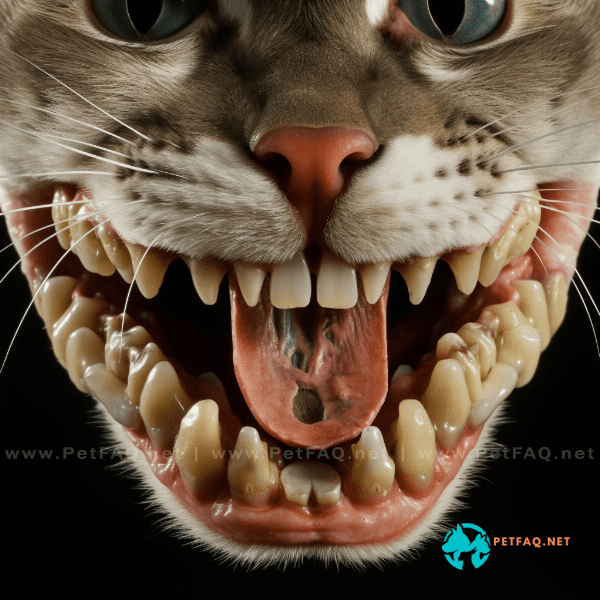
Signs of Dental Problems in Cats
Identifying the signs of dental problems in cats is crucial for maintaining your feline friend’s oral health. Regular cat teeth cleaning can help prevent dental issues, but if left untreated, they can cause pain and discomfort, difficulty eating, and even lead to more severe health problems. Here are some common signs of dental problems in cats to look out for:
Bad Breath
While it’s normal for cats to have some degree of bad breath, persistent bad breath can be a sign of dental problems. If your cat’s breath smells unusually foul, it could be a sign of periodontal disease, an infection, or tooth decay.
Changes in Behavior
Dental problems can cause pain and discomfort, leading to changes in your cat’s behavior. If you notice your cat becoming more irritable, avoiding social interaction, or exhibiting other changes in behavior, it could be a sign of dental problems.
Regular cat teeth cleaning can help prevent these issues from developing in the first place, but if you notice any of these signs, it’s important to seek veterinary care right away to address the issue and keep your feline friend healthy.

Steps to Prepare for Your Cat’s Teeth Cleaning
Preparing for your cat’s teeth cleaning is crucial for ensuring a successful and stress-free experience for both you and your feline friend. Here are some steps to follow to prepare for your cat’s teeth cleaning:
Schedule a Veterinary Appointment
The first step in preparing for your cat’s teeth cleaning is to schedule a veterinary appointment. A veterinarian can examine your cat’s teeth and gums, identify any dental problems, and recommend an appropriate treatment plan.
Fast Your Cat
Most veterinarians will ask you to fast your cat for 12 hours before the teeth cleaning procedure. This ensures that your cat’s stomach is empty and reduces the risk of vomiting during the procedure.
Arrange for Transportation
Make sure you have arranged transportation to and from the veterinary clinic. Keep your cat in a secure carrier during transportation to reduce stress and prevent escape.
Discuss Anesthesia Options
Many dental procedures require anesthesia for the safety and comfort of your cat. Discuss anesthesia options with your veterinarian to determine the best option for your feline friend.
Prepare Your Home
After the teeth cleaning procedure, your cat may require some time to recover. Prepare a quiet, comfortable space in your home for your cat to rest and recover.
Schedule Follow-Up Care
Finally, schedule any necessary follow-up care with your veterinarian, such as additional teeth cleaning appointments or medication to manage pain or inflammation.
Preparing for your cat’s teeth cleaning can help ensure a successful and stress-free experience for both you and your feline friend. By following these steps and working closely with your veterinarian, you can help keep your cat’s teeth and gums healthy for years to come.
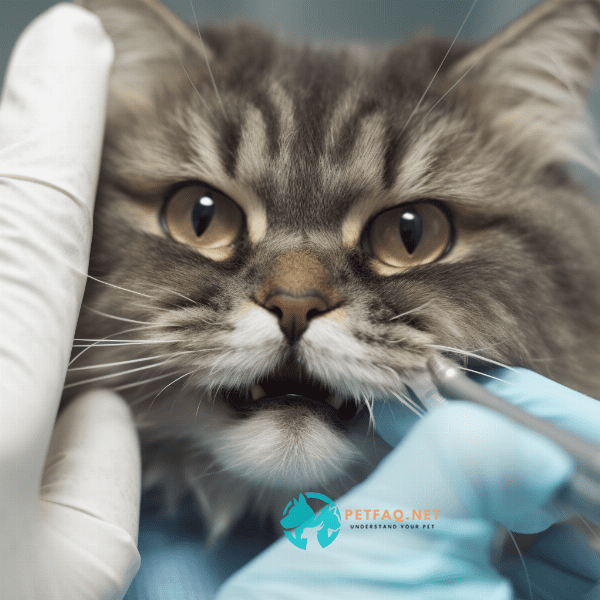
Cat Teeth Cleaning Tools and Products You’ll Need
Proper cat teeth cleaning requires the right tools and products to ensure your feline friend’s teeth and gums stay healthy. Here are some essential tools and products you’ll need for cat teeth cleaning:
Cat Toothbrush
A soft-bristled toothbrush designed specifically for cats is essential for cat teeth cleaning. Avoid using human toothbrushes, as they can be too harsh on your cat’s teeth and gums.
Cat Toothpaste
Cat toothpaste is specially formulated for feline dental hygiene and is safe for your cat to swallow. Do not use human toothpaste, as it contains ingredients that can be harmful to cats.
Chew Toys
Chew toys can help keep your cat’s teeth clean by promoting chewing and saliva production, which helps reduce plaque and tartar buildup.
By using the right tools and products for cat teeth cleaning, you can help keep your feline friend’s teeth and gums healthy and reduce the risk of dental problems. Consult with your veterinarian to determine which products are best suited for your cat’s dental needs.
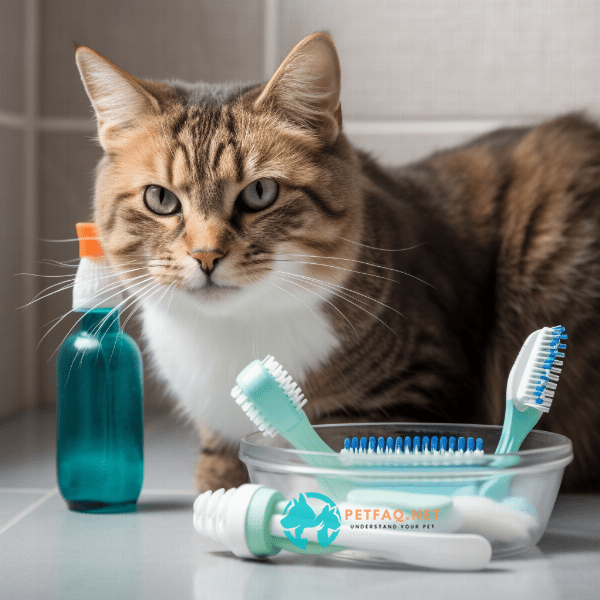
How to Brush Your Cat’s Teeth Properly
Brushing your cat’s teeth is an essential part of cat teeth cleaning, but it can be a challenging task. Here are some steps to follow to brush your cat’s teeth properly:
Introduce Toothbrush Gradually
Introduce your cat to the toothbrush gradually to help them become comfortable with it. Start by letting your cat sniff the toothbrush and rewarding them with treats for positive behavior.
Use Cat Toothpaste
Apply a small amount of cat toothpaste to the toothbrush and allow your cat to taste it. Gently rub the toothbrush against your cat’s teeth and gums, focusing on the outer surfaces of the teeth.
Be Gentle
Be gentle when brushing your cat’s teeth, as their gums are sensitive. Use small, circular motions and avoid applying too much pressure.
Reward Positive Behavior
Reward your cat with treats and praise for positive behavior during the tooth brushing process. This can help reinforce positive behavior and make the experience more enjoyable for your feline friend.
Be Consistent
Consistency is key to effective cat teeth cleaning. Aim to brush your cat’s teeth at least twice a week, or more often if recommended by your veterinarian.
By following these steps and being patient and gentle, you can help make cat teeth cleaning a positive experience for both you and your feline friend. Consult with your veterinarian for additional tips and guidance on brushing your cat’s teeth properly.
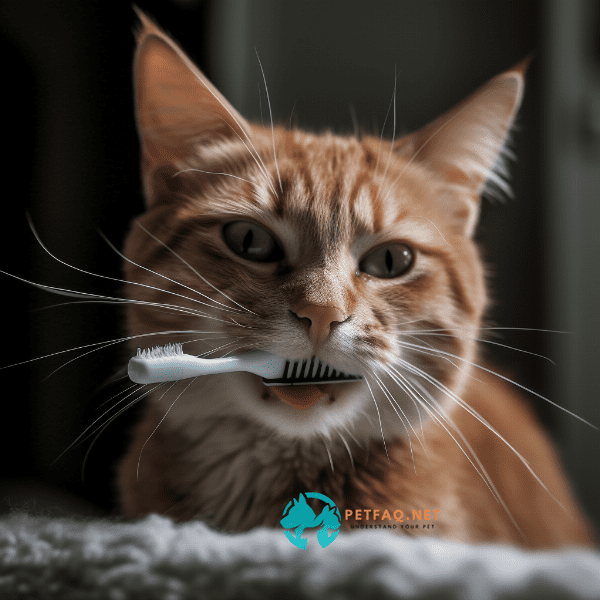
Alternatives to Brushing for Cats Who Don’t Cooperate
Not all cats are cooperative when it comes to cat teeth cleaning, and some may resist or become agitated during tooth brushing. Fortunately, there are alternative methods for cleaning your cat’s teeth if they don’t cooperate with brushing.
Dental Wipes
Dental wipes can be an effective alternative to brushing for cats who don’t cooperate. These wipes are designed to remove plaque and tartar buildup from your cat’s teeth and gums and can be used to clean hard-to-reach areas.
Dental Treats
Dental treats can also be used as an alternative to brushing for cats. These treats are designed to promote dental health and can help reduce plaque and tartar buildup on your cat’s teeth.
Professional Teeth Cleaning
If your cat is resistant to brushing and alternative methods, it may be necessary to seek professional dental care. A veterinarian can perform a dental cleaning procedure to remove plaque and tartar buildup and address any dental problems your cat may have.
By exploring alternative methods for cat teeth cleaning and working with your veterinarian to determine the best option for your feline friend, you can help ensure their teeth and gums stay healthy, even if they don’t cooperate with traditional brushing methods.
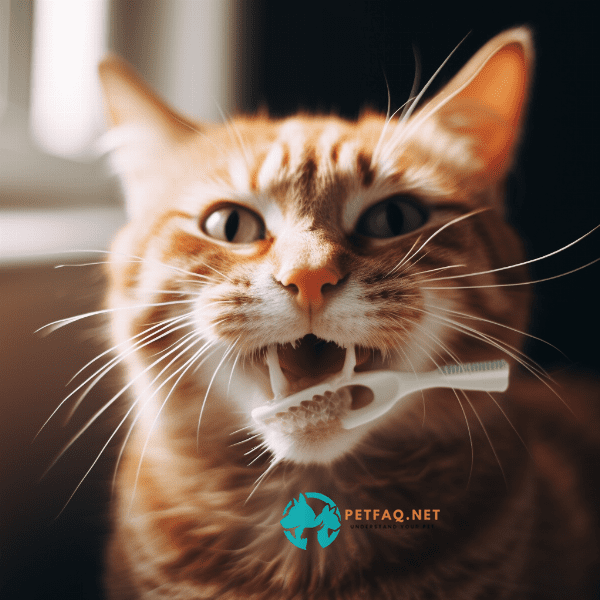
Tips for Maintaining Your Cat’s Oral Hygiene at Home
Maintaining your cat’s oral hygiene at home is essential for preventing dental problems and keeping your feline friend healthy. Here are some tips for maintaining your cat’s oral hygiene at home:
Regular Dental Checkups
Schedule regular dental checkups with your veterinarian to monitor your cat’s dental health and identify any potential problems. Early detection and treatment can help prevent dental problems from getting worse.
Brush Your Cat’s Teeth
Brushing your cat’s teeth regularly is one of the most effective ways to maintain their oral hygiene. Use a soft-bristled toothbrush and cat toothpaste, and be gentle when brushing to avoid injuring your cat’s gums.
Provide Dental Treats
Dental treats can be used to supplement your cat’s regular diet and promote dental health. These treats are specially formulated to reduce plaque and tartar buildup on your cat’s teeth.
Use Water Additives
Water additives can be added to your cat’s drinking water to promote oral hygiene. These additives are safe for your cat to drink and can help reduce plaque and tartar buildup.
Monitor Your Cat’s Behavior
Monitor your cat’s behavior and look for signs of dental problems, such as bad breath, difficulty eating, or changes in behavior. Early detection and treatment can help prevent dental problems from getting worse.
By following these tips and working closely with your veterinarian, you can help maintain your cat’s oral hygiene at home and prevent dental problems from developing. Remember, prevention is key to keeping your feline friend healthy and happy.
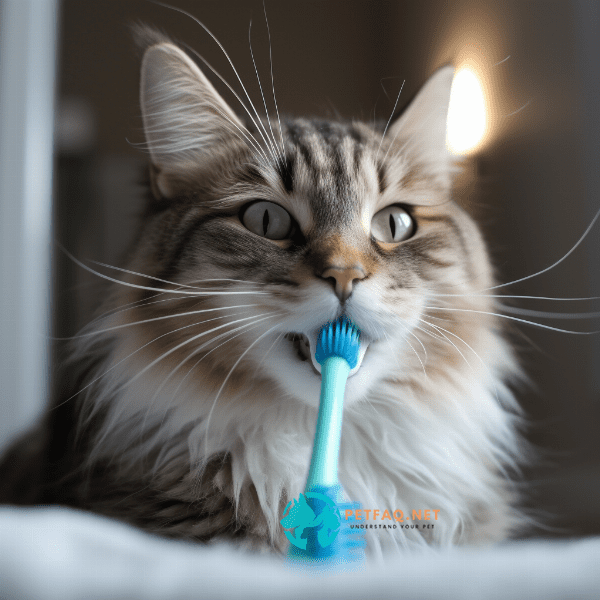
When to Seek Professional Dental Care for Your Cat
While regular cat teeth cleaning at home can help maintain your feline friend’s oral hygiene, there may be times when professional dental care is necessary. Here are some signs that it may be time to seek professional dental care for your cat:
Persistent Bad Breath
If your cat has persistent bad breath, despite regular cat teeth cleaning and other oral hygiene efforts, it could be a sign of dental problems that require professional treatment.
Excessive Drooling
Excessive drooling can be a sign of dental problems in cats. If your cat is drooling more than usual or if the drool appears thick or discolored, it may be time to seek professional dental care.
Difficulty Eating
Dental problems can make it difficult or painful for your cat to eat. If you notice your cat avoiding hard or crunchy foods, dropping food from their mouth, or pawing at their mouth while eating, it could be a sign that professional dental care is necessary.
Swollen or Bleeding Gums
Swollen, red, or bleeding gums are common signs of dental problems in cats. If you notice any of these symptoms, it’s important to seek professional dental care to prevent the issue from getting worse.
Visible Tartar or Tooth Decay
If you notice visible tartar buildup or tooth decay on your cat’s teeth, it’s a sign that professional dental care is necessary. These issues cannot be resolved with at-home cat teeth cleaning alone.
By recognizing these signs and seeking professional dental care when necessary, you can help ensure your feline friend’s oral health and overall well-being. Consult with your veterinarian for additional guidance on when to seek professional dental care for your cat.
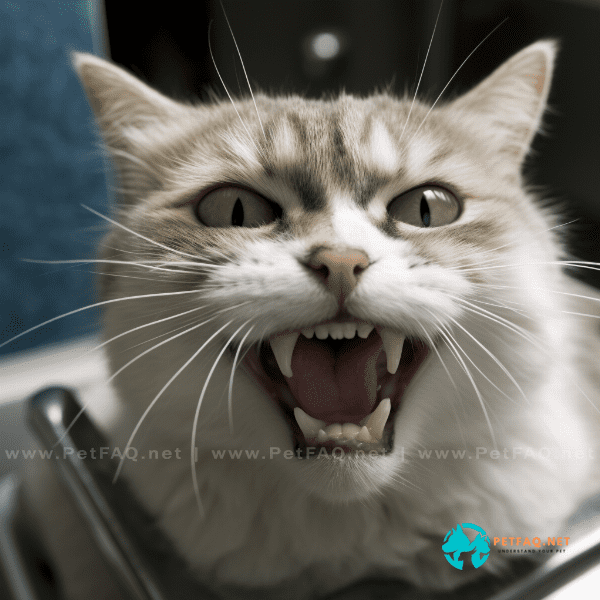
Conclusion: Keeping Your Cat’s Teeth and Gums Healthy
Cat teeth cleaning is an essential part of maintaining your feline friend’s overall health and well-being. By following the tips and techniques outlined in this article, you can help ensure your cat’s teeth and gums stay healthy and prevent dental problems from developing.
Remember to schedule regular dental checkups with your veterinarian, brush your cat’s teeth regularly, and provide dental treats and water additives to promote oral hygiene. Be on the lookout for signs of dental problems, such as bad breath, difficulty eating, or swollen gums, and seek professional dental care when necessary.
While cat teeth cleaning can be a challenging task, it’s important to prioritize your cat’s oral hygiene to prevent dental problems from affecting their overall health. With patience, persistence, and the right tools and products, you can help keep your feline friend’s teeth and gums healthy for years to come.
Frequently Asked Questions (FAQs) about cat teeth cleaning:
1. Are there any breeds of cats that are more prone to dental problems?2. Can a cat's teeth be cleaned at home?
3. What tools are needed to clean a cat's teeth?
4. Are there any dental products specifically designed for cats?
5. How often should you clean your cat's teeth?


